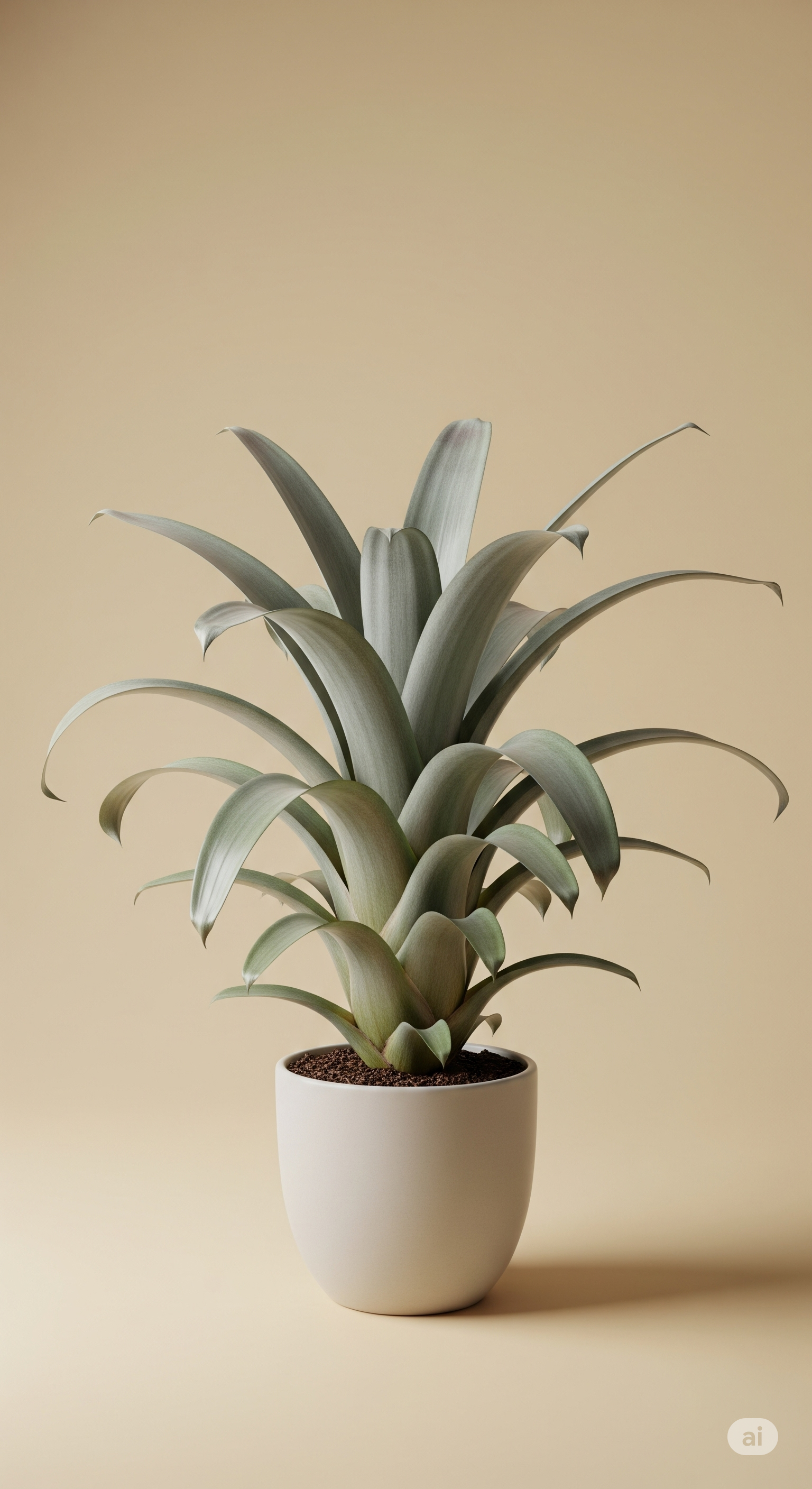Imperial Bromeliad

Scientific name: Neoregelia carolinae
☘️ Toxicity: Safe for cats
☀️ Ideal light: Bright indirect light or gentle morning sun
💧 Watering: Moderate; keep the central cup filled with fresh water
The Imperial Bromeliad is a tropical ornamental plant known for its striking rosette of green and red foliage that intensifies during flowering. It’s easy to care for, thrives indoors or in vertical gardens, and is completely safe for cats. Its vivid color makes it a centerpiece in any decorative setting.
Essential care
- Light: Enjoys bright filtered light; can tolerate soft morning sun.
- Water: Keep a small amount of clean water in the central “cup” and replace it weekly.
- Humidity: Prefers humid environments; mist the leaves regularly in dry climates.
- Substrate: Light, airy mix with excellent drainage (pine bark, coconut fiber, and coarse sand).
- Fertilization: Monthly, diluted, and applied to the substrate — avoid pouring into the central cup.
- Environment: Ideal between 18–28 °C (64–82 °F); protect from cold drafts and harsh direct sun.
Pests and how to handle them
- Scale insects: Remove manually using cotton with 70% alcohol.
- Aphids: Apply diluted mild soap or neem oil spray.
- Fungal problems: Avoid stagnant water; refresh the central water regularly.
Propagation
- Pups (offsets): Separate when they reach about one-third of the mother plant’s size.
- Mounting: Can be attached to logs or decorative supports using natural fibers or moss.
Cat safety
- Classification: Non-toxic to cats.
- Best practice: Avoid using strong chemical fertilizers in the central water; prefer organic options.
💡 During blooming, the center of the bromeliad turns a vibrant color to attract pollinators — a natural highlight in any arrangement.
Frequently asked questions
- Why did the center turn brown? Stagnant water or poor ventilation; replace the water and ensure airflow.
- Why did it lose its red color? Insufficient light; move it to a brighter, indirect spot.
- Why did the mother plant die after flowering? It’s natural — the mother completes its cycle and leaves healthy pups.
Quick checklist
- ☀️ Bright indirect light
- 💧 Keep central cup moist
- 🌫️ High humidity and airflow
- 🪴 Light, draining substrate
- 🐾 Safe for cats